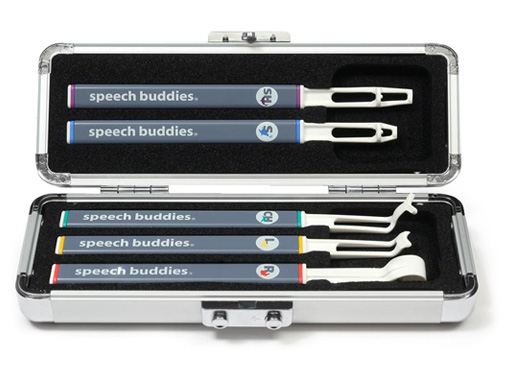Its been quite sometime since I first read about the advent of speech buddies. I was so thrilled to learn about such amazing advancements in the speech therapy world!
Speech Buddies are a set of revolutionary tools that help in correcting specific articulation ( pronunciation) errors. Specifically made for the 5 most common erroneous speech sounds - R, L, S, CH, SH.
They work on the principle of tactile biofeedback.They help users to learn where exactly to place the tongue inside the mouth to produce the specific speech sounds.Each speech buddy uses targets to help tongue placement and coordination. There is tons of researched data highlighting the success stories of speech buddies in the western countries.Speech Buddies can quickly help children turn their Wabbits into Rabbits, Wessons into Lessons, and Thocks into Socks!
Parents can choose to use Speech Buddies at home with their child or bring their Buddy to speech therapy lessons with the goal of accelerating learning and correcting problem sounds.
Visit www.speechbuddy.com for more information.
I have ordered my set of speech buddies and I cant wait to use it with my clients :)









